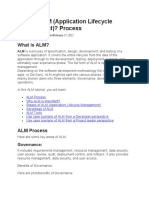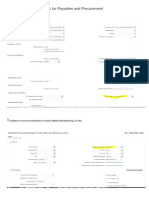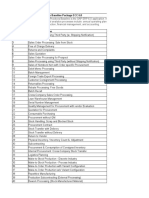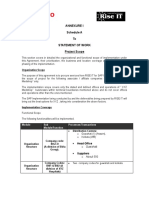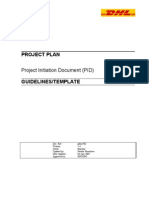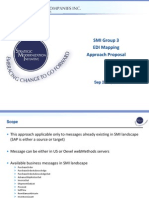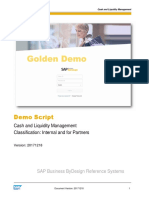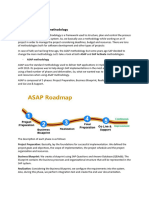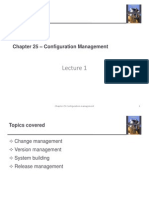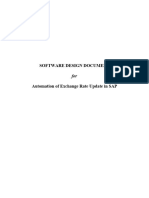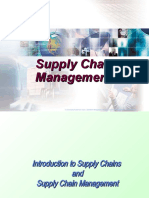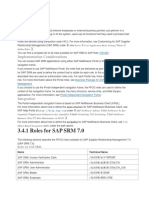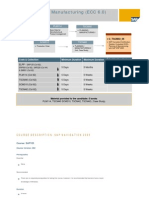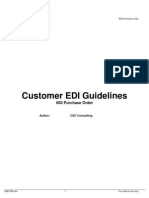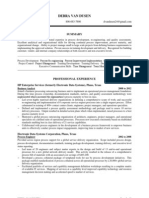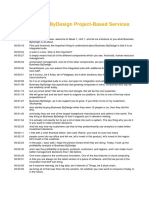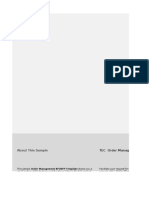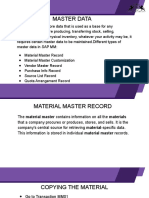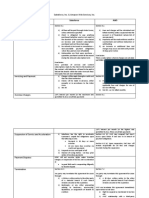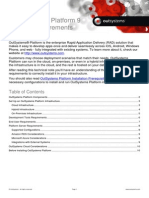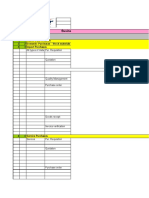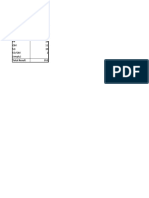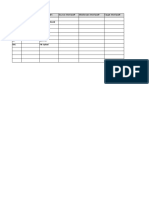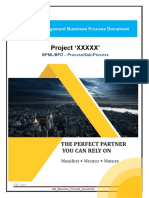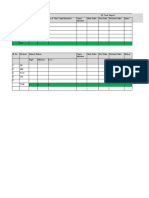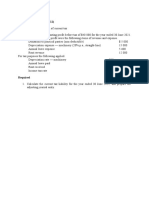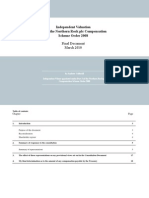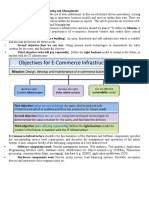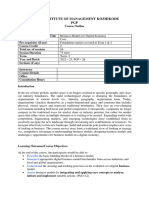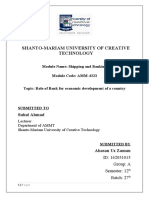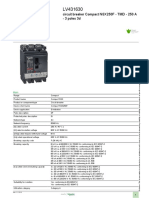0% found this document useful (0 votes)
131 views29 pagesALM in OutSystems Configuration
The document discusses configuration management in OutSystems, including versioning, tagging versions, deploying tagged apps between environments, and managing configurations like database connections and site properties without code changes. Versioning provides an incremental number for each published module. Tags can be applied to milestone versions along with a description. Configurations are managed through Service Center for each environment and include databases, site properties, and more.
Uploaded by
Prashant KumarCopyright
© © All Rights Reserved
We take content rights seriously. If you suspect this is your content, claim it here.
Available Formats
Download as DOCX, PDF, TXT or read online on Scribd
0% found this document useful (0 votes)
131 views29 pagesALM in OutSystems Configuration
The document discusses configuration management in OutSystems, including versioning, tagging versions, deploying tagged apps between environments, and managing configurations like database connections and site properties without code changes. Versioning provides an incremental number for each published module. Tags can be applied to milestone versions along with a description. Configurations are managed through Service Center for each environment and include databases, site properties, and more.
Uploaded by
Prashant KumarCopyright
© © All Rights Reserved
We take content rights seriously. If you suspect this is your content, claim it here.
Available Formats
Download as DOCX, PDF, TXT or read online on Scribd
/ 29
